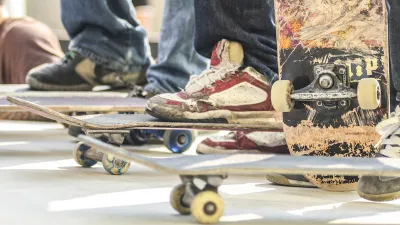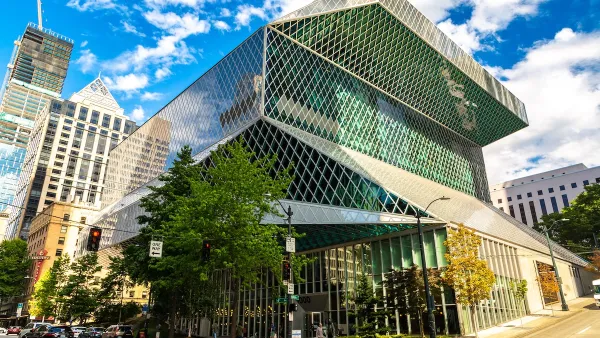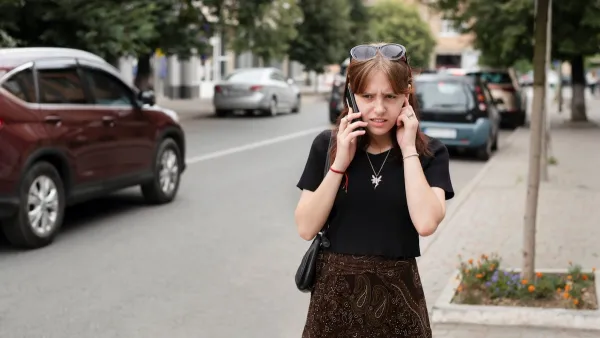Where can teenagers hang out and be safe in public? Members of Yes Loitering, advocates for public spaces where youth can “hang out and be themselves” without fear of reprisal.

For some New Yorkers, justice in the streets might mean freedom from fear; for others, freedom from suspicion. For many young people, it simply means a right to exist in the public realm on their own terms. Teenagers, roughly one million New Yorkers, face a unique spatial challenge: Old enough to be independently mobile but too young to have homes of their own, they conduct their private lives outside. There, adults set limits on youth’s presence in the name of “quality of life.” Authorities in public and private space may call on security guards and police officers to enforce their rules, even setting off a chain of effects leading young people into the trap of the legal system.
For the teenage design-researchers of the Yes Loitering project, justice for youth means public spaces where they can “hang out and be themselves” without fear of reprisal. Rather than passive recipients and interlopers in a grown-up’s world, they propose that young people should have authority over the designs and decisions that affect them. Based on research into the state of youth public space in their neighborhood and in the city, they offer a diagnosis of the problem, and proposals that marry broad principles of access and inclusion with hyper-specific demands. The result is a creative, positive vision: Musical instruments and board games, affordable food and charging stations, rain cover and flexible seating are the boards and hammers of a teenager’s adventure playground. In dreaming up the perfect place for youth to hang out, Yes Loitering imagines a public realm more welcoming than currently exists. If justice is what love looks like in public, as Dr. Cornel West says, then design premised on love for society’s most reviled demographic might be what it takes to build really just public space.
FULL STORY: Yes Sitting, Yes Skating, Yes Music

Analysis: Cybertruck Fatality Rate Far Exceeds That of Ford Pinto
The Tesla Cybertruck was recalled seven times last year.

National Parks Layoffs Will Cause Communities to Lose Billions
Thousands of essential park workers were laid off this week, just before the busy spring break season.

Retro-silient?: America’s First “Eco-burb,” The Woodlands Turns 50
A master-planned community north of Houston offers lessons on green infrastructure and resilient design, but falls short of its founder’s lofty affordability and walkability goals.

Test News Post 1
This is a summary

Analysis: Cybertruck Fatality Rate Far Exceeds That of Ford Pinto
The Tesla Cybertruck was recalled seven times last year.

Test News Headline 46
Test for the image on the front page.
Urban Design for Planners 1: Software Tools
This six-course series explores essential urban design concepts using open source software and equips planners with the tools they need to participate fully in the urban design process.
Planning for Universal Design
Learn the tools for implementing Universal Design in planning regulations.
EMC Planning Group, Inc.
Planetizen
Planetizen
Mpact (formerly Rail~Volution)
Great Falls Development Authority, Inc.
HUDs Office of Policy Development and Research
NYU Wagner Graduate School of Public Service



























